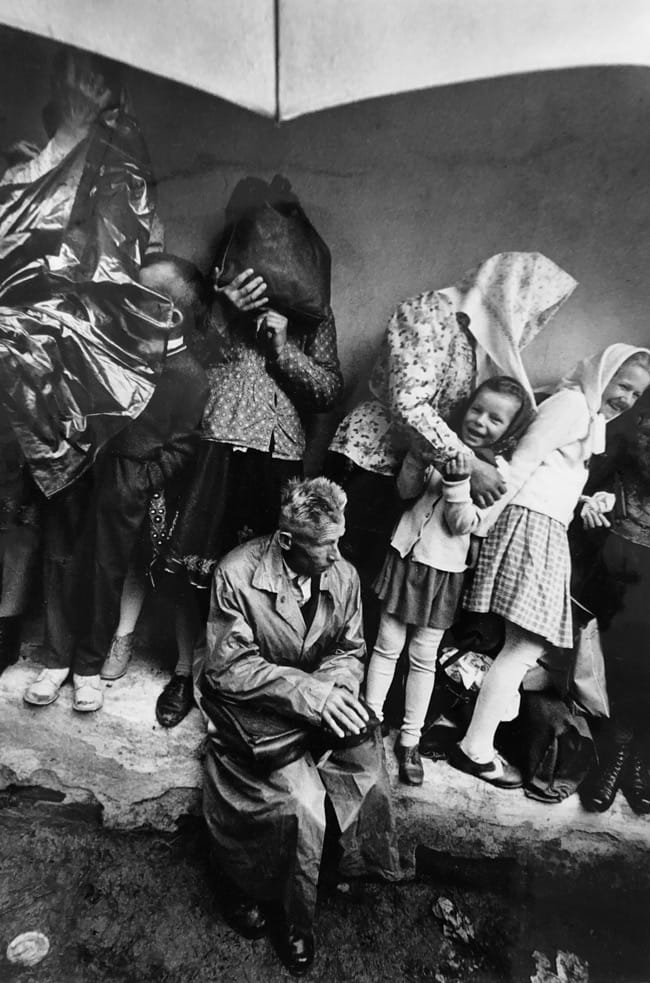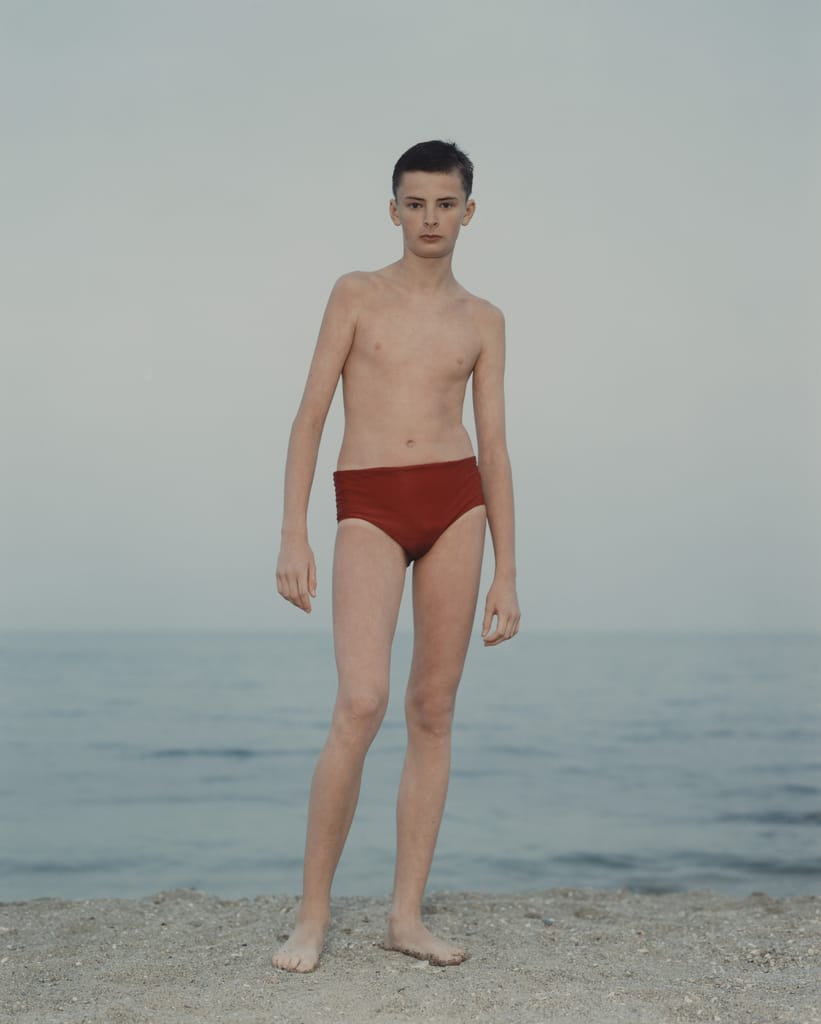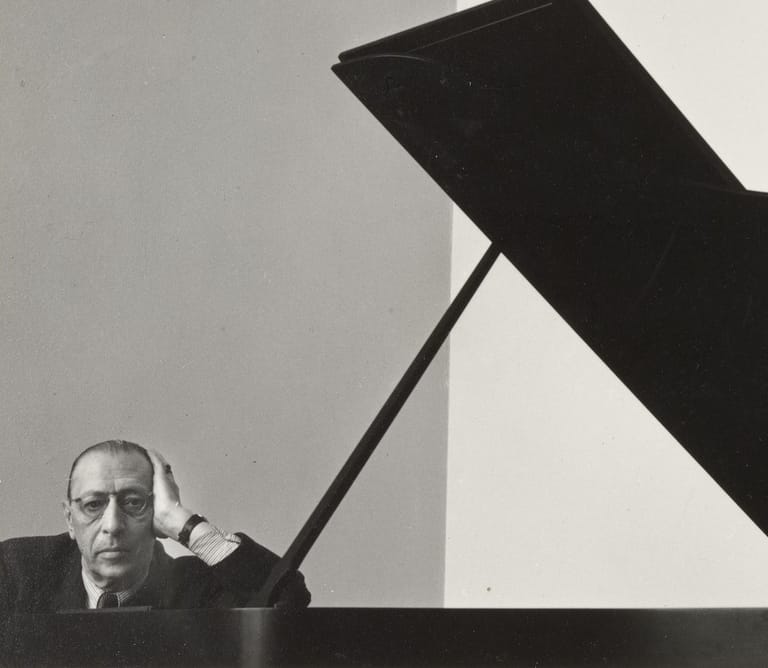This list of portraitists, both old and new, represents artists who have pushed the portrait medium beyond conventions and used the format to say something new.
Think your portraits have something new to say? Enter the Head On Portrait Award for 2023!
Susan Meiselas
President of Magnum, photographer Susan Meiselas has won countless awards for her intense images that are as much at home in newspapers and magazines as they are on museum walls. Meiselas has dedicated her career to capturing the often-unseen stories of people facing adversity, from Carnival strippers in New England to the Sandinista revolution in Nicaragua.

Minhyun Woo
Minhyun Woo is the new big name in fashion photography, but what Minhyun most enjoys is capturing the feeling of a cool Korean summer. His gentle, colour-soaked photos feature old and new friends tenderly contemplative while surrounded by nature and bodies of water. His portraits manage to feel extremely fresh while oozing nostalgia.

Markéta Luskačová
Markéta Luskačová (born 1944) is a Czech photographer known for her series of photographs taken in Slovakia, Britain and elsewhere. Throughout her career, she has continued to capture the traces of traditions threatened by the communist regime and the faces of people whose paths she crossed during her urban wanderings.

Nan Goldin
Nancy Goldin is an American photographer and activist. Her work often explores LGBT subcultures, moments of intimacy, the HIV/AIDS crisis, and the opioid epidemic. Her most notable work is The Ballad of Sexual Dependency (1986). The monograph documents the post-Stonewall, gay subculture and includes Goldin’s family and friends.

Louis Draper
Louis Draper was born in Virginia in 1935 and moved to Harlem, New York in 1957 where he enrolled at the New York Institute of Photography, studying under W. Eugene Smith. Draper became a pioneering figure in black photography and was an ambassador for the empathetic perspective. His photography aimed to “create the kind of images of our communities that spoke of the truth we’d witnessed and that countered the untruths we’d all seen in mainline publications.”

Atong Atem
Atong Atem uses photography and video to explore migrant stories and post-colonial practices in the African diaspora. She has an ongoing interest in photography and portraiture as a vehicle to express culture and identity. She is known for her striking use of bright colours through her spectacular makeup, costumes and elaborate settings.

Ricky Maynard
Ricky Maynard has built a career photographing and documenting the histories of Indigenous communities, primarily in and around his home in Tasmania. His distinctive style is categorised by extreme close-ups and plain white backgrounds, creating a hyper-focus upon the faces of the First Nations people he captures. Maynard has made a career by subverting indigenous representation, taking back a medium that sought to subjugate them.

Yuki Kihara
Yuki Kihara is an interdisciplinary artist of Japanese and Sāmoan descent whose work seeks to challenge dominant and singular historical narratives by exploring the intersectionality between identity politics, decolonization and ecology through visual arts, dance, and curatorial practice. Her highly stylistic portrait photography celebrates her unique perspective as a Fa’afafine. Her portraits always seek to capture the beauty of the pacific while challenging the colonial gaze

Mary Ellen Mark
Mary Ellen Mark made a name for herself through her innate ability to communicate a person’s story through a picture. She photographed travelling circuses in India, before turning to social inequality in the USA, where she examined issues such as young people working in the drugs trade, prostitution in Seattle, and child homelessness.

Brenda L. Croft
Brenda L. Croft works closely with family, friends and Indigenous community members in Sydney to create her images. Contrary to the usual media depictions of this area, Croft presents a positive image of urban Indigenous communities in her strongly individual photographs of people and place, taken from an insider’s viewpoint. ‘By placing myself behind the camera I am taking control of my self image and images of ourselves. I cannot, do not, take sole responsibility but challenge and attempt to reverse the expected.’

Rineke Dijkstra
Rineke Dijkstra began her career as a magazine photographer, taking portraits of people from the worlds of art and politics. She has since developed a signature style of stark and systematic large-format portraits that show the full length of her subjects. Her work delves into the individuality and fragility of human bodies.

Christian Thompson
Christian Thompson’s photographic portraits explore indigenous identity, cultural hybridity and history. Often using himself as his subjects, Thompson seeks to use photography to confront and unpack the historical facets that has shaped his life. Thompson made history when he became the first Aboriginal Australian to be admitted to the University of Oxford in 2010.

Shirin Neshat
Shirin Neshat is an Iranian artist who uses video and photography to question the role of women and the cultural tensions in her mother country. Her work, which has never been shown in Iran, essentially declares the female presence in a male–dominated culture. In her films and photographs, the female gaze becomes a powerful and dangerous instrument for communication.

Vanessa Winship
Vanessa Winship is a British photographer who works on long term projects of portrait, landscape, reportage and documentary photography. These personal projects have predominantly been in Eastern Europe but also the USA. Winship’s books include Schwarzes Meer (2007), Sweet Nothings (2008) and She Dances on Jackson (2013). She is known for her black-and-white photographs that exhibit a bare full-frontal honesty, that are at once intimate and mysterious.

Heinz Held
Heinz Held was a pioneer of photographic discourse, and through his several publications would carefully consider the ethical and aesthetic implications of picture taking. While he and Henri Cartier-Bresson met on several occassions, Heinz exhibited very different views on street photography, which is clear through his quiet portraits. He did not pursue the ‘decisive moment’, but instead looked for the less dramatic, sometimes melacholy human expression that is found in unspectacular everyday situations and actions.

Do your photographs turn portraiture on it’s head? Enter the 2023 Head On Portrait Awards!














0 Comments